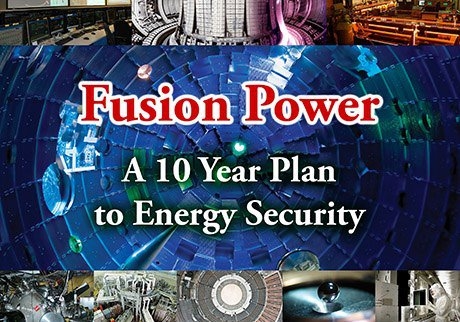
The Most Difficult Project on Earth
In a recent article, Power Engineering International discussed the potential for fusion to produce clean and limitless energy. Scientists have pursued fusion since the 1930’s, and the ITER project marks the largest step towards commercialization to date. The article provides a comprehensive overview of both the magnetic and inertial approaches to fusion, as well as estimated schedules for completion and commercialization. From the article:
Fusion is attractive because it promises almost limitless energy from a simple process that is largely free of atmospheric emissions or toxic by-products. The principle reactions that take place within the sun involve hydrogen atoms fusing to produce heavier atoms.
While a reactor such as ITER will contain a plasma that maintains conditions for fusion continuously within its heart, inertial confinement instead uses a series of small, discrete fusion reactions, each producing a burst of energy. This has been likened to a piston engine in which energy is generated is a series of small impulses rather than in a continuous stream.
It is often said that a commercial fusion plant is always 30 years away. While there is clearly still a long way to go and nobody has yet demonstrated that fusion can produce electricity rather than simply consuming it, that threshold does seem palpably closer today than at any time in the past.
To read the full article, click here.
To view ASP’s 10-year plan to Fusion Energy, click here.





